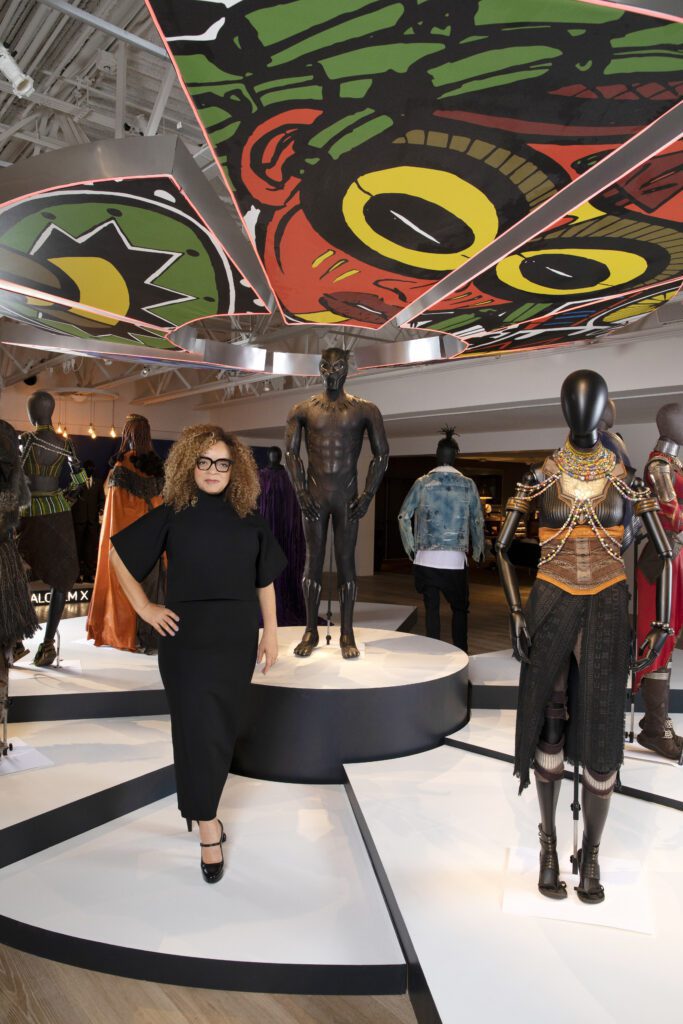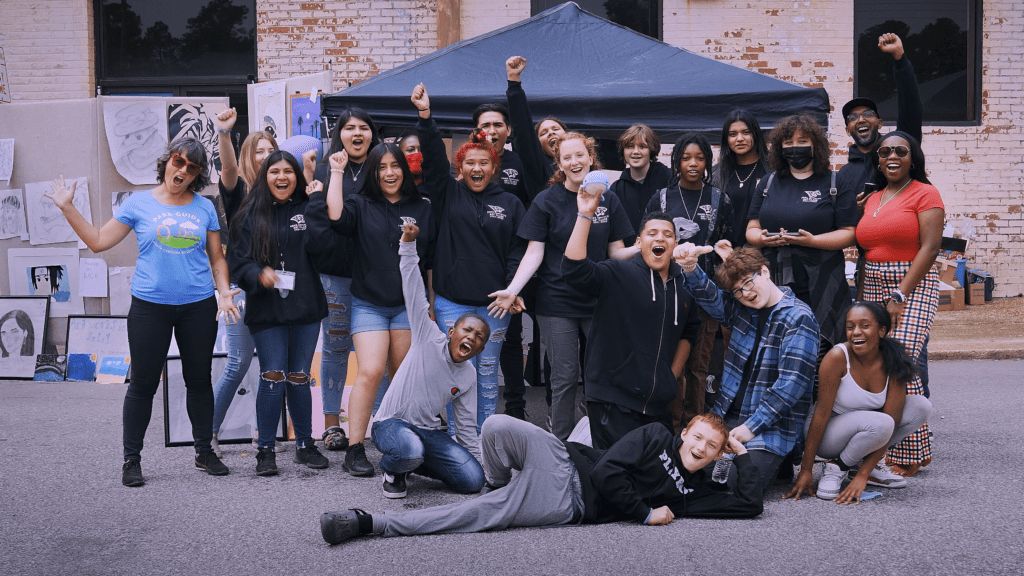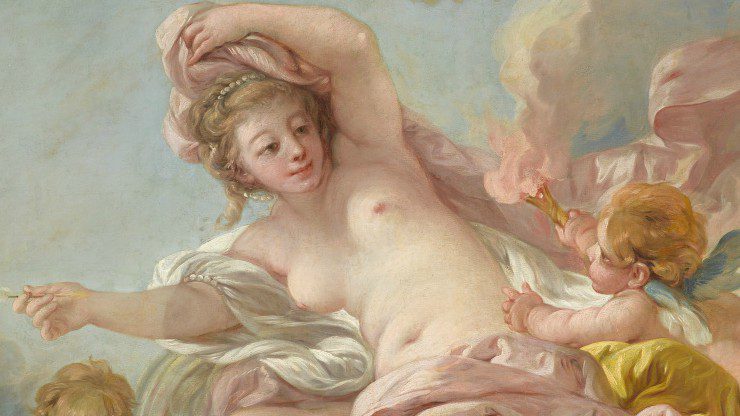From time immemorial, threats to our health have worried us. As we are surrounded by uncertainty caused by the pandemic that has gripped our world, it may be of comfort to know that we’re not the only ones who have experienced sweeping waves of contagion and great illness. The NCMA curators and GSK Curatorial Fellow have pulled together stories from the collection that show how works of art have been used for healing by people of diverse cultural backgrounds and religion throughout the centuries.

While the borders between religions may appear to be fixed, they are actually quite fluid. Two recent acquisitions highlight the fusing of diverse religious beliefs and practices in order to protect and heal. Many African artists and spiritual practitioners are more than willing to incorporate other ideas into their practice to strengthen their potency, and this becomes apparent in the arts.
For example, this Swahili Koranic board with sacred Islamic text is common in Nigeria and other parts of West Africa where Islam is prevalent, though this one originates from Kenya. Boards such as this were erased and reused as a young boy learned Arabic, or as a practitioner inscribed powerful words from the Koran for healing or protection. When the words were erased with water, the inky liquid would be drunk by the client or the practitioner, infusing the imbiber with the healing power of Allah. Only when the client is healed, or the young scribe has memorized his Koranic verses, would the board be permanently inked. This one has been inked in indigo, illustrating that the job is complete.
Ethiopian Orthodox artist (probably a däbtarä), Healing Scroll (detail), 19th century, skin and ink, Gift of Charlie Jones
Similarly, this Ethiopian healing scroll borrows Christian iconographies and blends them with indigenous magic and spiritual beliefs. Likely produced by a däbtarä, an unordained cleric, it would have been commissioned by an individual to invoke prayers addressing any number of maladies, from stomachaches to sterility, or even to undo spells. Despite the connection to magic, the Ethiopian Church tolerated such scrolls because their texts were often drawn from the Gospels and included images of saints and archangels—as this one probably does.
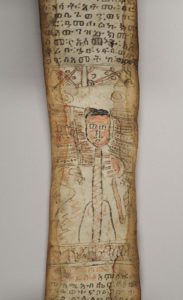
Vital to the healing process is the preparation, creation, and viewing of the scroll. The däbtarä sacrifices a particular animal—one that would relate to the ailment or the cure—and washes the client in the animal’s blood for purification purposes. Afterward, the däbtarä creates three to four strips of parchment from the skin of the animal and stitches them together into one uniform length equal to the height of the owner. The scroll would then be hung in the owner’s room to be invoked regularly, or carried close to his or her person to provide protection 24-7. The object thus maintains a direct, powerful connection with its owner, as with the owner’s chosen spiritual practices.
Research note: We are hoping to have the scroll translated to understand who the figures are and what purpose the healing inscriptions might have served.
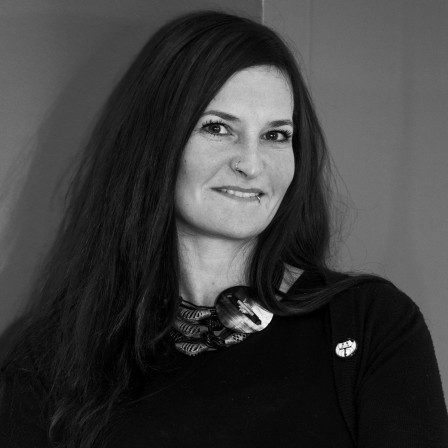
Ruth E. Carter: Afrofuturism in Costume Design
Academy Award–winner in Costume Design, Ruth E. Carter has helped bring characters to life in acclaimed Hollywood blockbusters. The NCMA celebrates the magic of her imagination.
Innovative AIM Program Reaches Thousands
Thinking outside the lines, NCMA outreach programmers connect local artists in rural communities with local students excited to discover the artist within.
Love in the Galleries
This Valentine’s Day we invite you to follow Cupid’s arrow through West Building to discover some amorous works in the NCMA’s collection.

